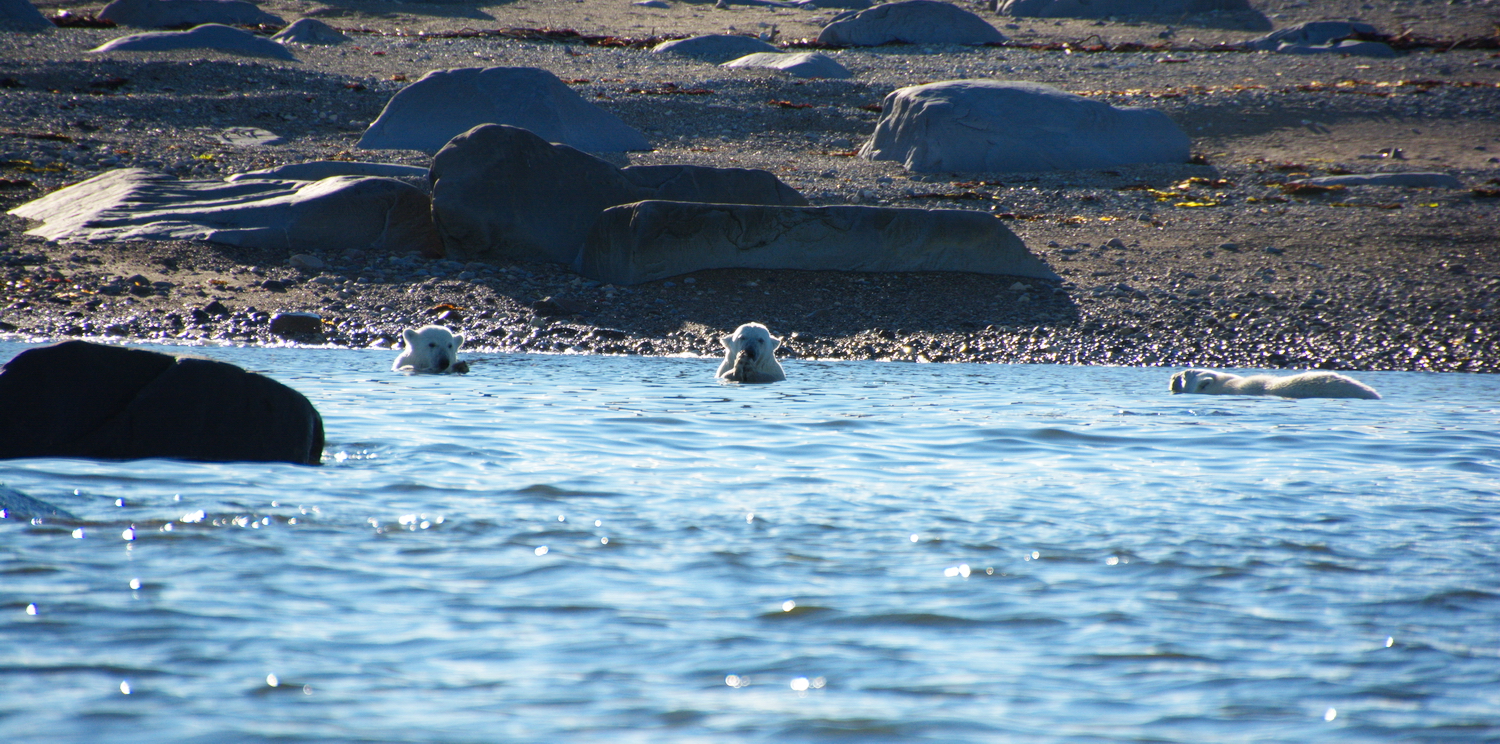Holiday traditions aren’t all what they used to be, especially in the corporate world.
Parties during the holidays are now all “Holiday Parties”, regardless of their timing and which holiday they’re really celebrating. That is, if your company still has a party.
Acknowledging the employees with “something” isn’t what it used to be.
Change is what this image speaks to.
It’s December 11, 1994. I’m at the north end of Brownville, Maine along the main line of the Bangor and Aroostook Railroad waiting for a train. My Canon T-70 and Sigma 28-70mm lens are around my neck. There’s K64 in the camera. And, it’s a tad cold… But I’m not waiting for just any train… I’m waiting for the Turkey Train!
It was kind of what it sounds like – a train carrying turkeys. Not live ones mind you, but fresh turkeys. For the employees. As part of the railroad’s tradition that was as much a part of the holidays for B&A (that’s how the road was known to many – and not to be confused with the Boston and Albany Railroad either!) employees as was cutting down a Christmas tree. A train. Carrying turkeys. The Turkey Train.
So, I’ve got a borrowed Digital 8 camcorder set up on a tripod. My camera is around my neck. I’m getting cold. And, it seems like the only thing moving is the clouds. They’re moving slowly – but they’re moving. I really wanted to sit in the car and wait – but I had never shot a train here, so I didn’t know how far out I’d hear it – or if I’d even hear it, before it got to me. So, I waited. In the cold. And got colder. And waited (you get the point).
Finally… the blat of an air horn punctures the silence as the train approaches the bridge. The Turkey Train is here! Press “start” on the camcorder, pop the lens cap off and shoot.
A GP-38 passes by with a boxcar full of turkeys and the road’s business cars. Wheels click on the rail joints, and get quieter as the train continues south. It’s all over in a minute or so. The quiet returns. It’s broken again when at the train whistles for crossings south of Brownville.
The moment is over.
As far as I know, this was the last Turkey Train. The decline of paper and allied industries had been affecting the B&A for years. Potato traffic had almost entirely been taken over by trucks (some attribute this to the poor connecting service provided by the Penn Central Railroad in the late 1960s and early 1970s). Maine’s economy was in transition – and it wasn’t kind to the railroads. The B&A was purchased in early 1995 and became part of the Canadian American Railroad (CDAC). The CDAC was not long lived – it later became the Montreal, Maine and Atlantic Railroad under new ownership who tried to make a go of things as the traffic continued to wane. The MMA had a tragic incident in Megantic, PQ in 2013, and it too is gone.
But I have this image. And the memories of that day.
I’ve got some video of the Turkey Train to post on the Frog’s YouTube channel of this train as soon as I master some degree of proficiency with video editing. It’s not the greatest, but then again – what most people could afford in the way of video equipment in 1994 was vastly different from the quality that you can get these days in your smartphone.
There will be a B&A gallery up on Laughing Frog Images as scanning progresses.
Thanks for taking a trip back to 1994 and better days for the B&A and its’ employees.


















